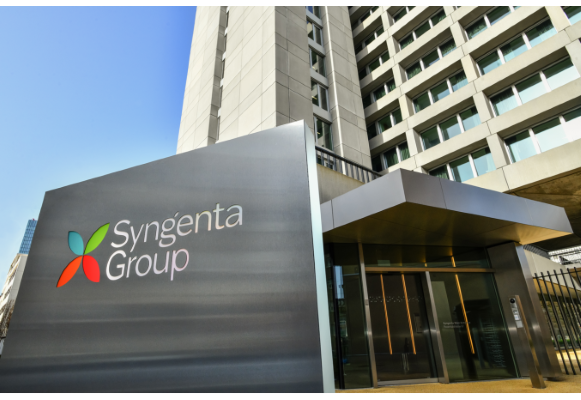India saw a record of 10 registrations, among them VANIVA, based on TYMIRIUM technology, for use on tomato, cucumber, okra and banana crops

Syngenta Group announced financial results for the first half and the second quarter ended June 30, 2025.
Sales for the first half of 2025 were $14.5 billion, reaching the prior year period’s level and up 2% at constant exchange rates (CER).
EBITDA for the first half of the year was $2.5 billion, 24% higher (+29% at CER) year-on-year. The Group’s EBITDA margin for the first half of 2025 was 17.5%, up 3.4 percentage points compared to 14.1% in H1 2024.
Sales for the second quarter 2025 were $7.2 billion, flat versus the prior year (+1% at CER). On a consolidated basis, sales of all business units were adversely impacted by currency in the first six months. EBITDA for the second quarter 2025 was 32% higher than the prior year (+34% at CER) at $1.1 billion.
The Group’s strategic emphasis on investments in R&D and innovation, combined with disciplined cost management, enhanced productivity, and operational efficiency continued to deliver tangible results. These efforts are reflected in the strong EBITDA margin recovery in the first six months of the year and underscores the Group’s commitment to driving sustainable, long-term profitability. Cash flow remained solid and continued its positive development.
Syngenta Group benefited from the flexibility of its manufacturing processes, leveraging a global production network for its products. This approach enables ongoing supply chain optimization in response to changing market conditions and tariff developments, which are not expected to materially impact business performance in 2025.
With signs of further market stabilization in crop protection and a lower 2024 baseline, Syngenta Group expects stable sales and margins in the second half of the year.
Syngenta Crop Protection
Sales for Syngenta Crop Protection were 3% higher at $6.4 billion (+7% CER) in the first half of 2025. The business continued its momentum from Q1 with sales above last year for Q2.
In the first half of 2025, Biologicals and a return to normal stock levels drove sales performance in Europe (+5%), while favorable pricing for new product introductions and higher volumes contributed to 9% growth in Asia, the Middle East & Africa (excluding China).
China continued to perform strongly, achieving 9% year-on-year growth in the first half (flat in Q2) with increases across all blockbuster technologies and biologicals.
In the first six months, sales in North America were 10% higher (mainly driven by a change in sales phasing closer to consumption, with flat sales in Q2); sales declined across both Latin America and Brazil, by 14% and 5% respectively.
Syngenta secured over 800 product approvals in H1 including major successes in Brazil with the registration of TYMIRIUM technology and three other active ingredients for the region.
India saw a record of 10 registrations, among them VANIVA, based on TYMIRIUM technology, for use on tomato, cucumber, okra and banana crops. India is also the first country to launch ALTESSIA, a key herbicide for use in rice fields where one spray allows farmers to overcome multiple challenges at once, including tough weeds and crop safety concerns. SIMODIS, featuring PLINAZOLIN technology, registered in Thailand for vegetables.
Biologicals continued to see steady growth in the first six months of 2025 compared to the previous year. Demand for biocontrols, biostimulants and nutrient efficiency products was strong in all regions. Syngenta Biologicals entered into several strategic collaborations to accelerate product development. These initiatives address critical crop challenges at every stage of the growing cycle, delivering biological solutions to farmers worldwide.
In early 2025, Syngenta concluded the integration of Novartis’ Strains and Natural Products Collection, the repository of natural compounds and genetic strains for agricultural use. The transaction also covers integrated capabilities in bioengineering, data science, fermentation, downstream processing, as well as analytics. These additions will further accelerate the development of biologicals, complementing the farmer’s toolbox.
In 2025, Syngenta officially opened a 22,000 m² biologicals facility in Orangeburg, South Carolina, in the United States, which is purpose-built to produce 16,000 tons of biostimulants annually. This new manufacturing facility complements Syngenta’s existing global network of biologicals manufacturing facilities in Brazil, Italy, India and Norway.
Subscribe to our newsletter & stay updated.